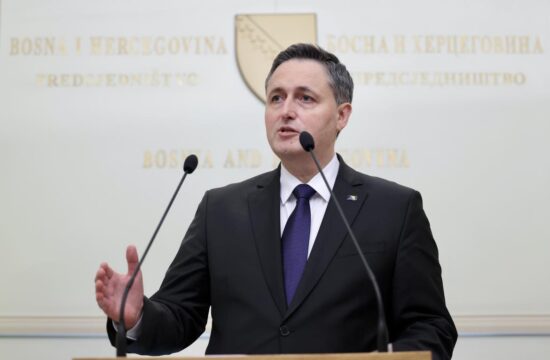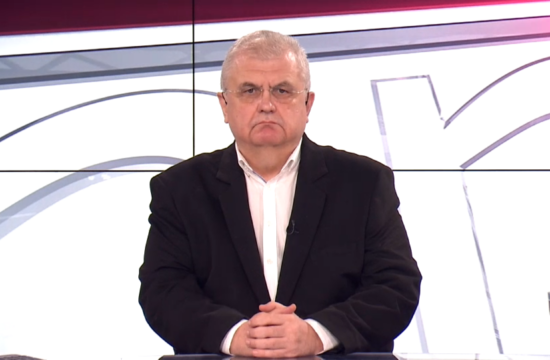
The Srebrenica Genocide Memorial and the War Childhood Museum have presented the first results of their joint project which aims to answer the question - what does a genocide look like from the perspective of a child?
The two institutions formed a joint collection on testimonies and memories of childhoods marked by the siege and genocide in Srebrenica, according to a statement by the Srebrenica Genocide Memorial. The multidisciplinary project team included anthropologists, psychologists, historians and representatives of both institutions.
The curator of the Srebrenica Genocide Memorial, Hasan Hasanovic, said that more than 100 people, many of whom still live in Srebrenica or its surroundings, expressed a desire for their memories to become part of this collection and showed courage by speaking about their experiences in front of a camera.
“The project resulted in 70 hours of video material, and close to 100 documented memories, dominantly letters and photographs, but also several rare preserved personal items such as sweaters, jackets, backpacks and the like,” he explained.
“We are honoured to have had the opportunity to work on this project which we believe is of great importance, not only in the context of documentation of the genocide in Srebrenica but in general when it comes to documentation of genocide from the perspective of children,” said the executive director of the War Childhood, Amina Krvavac.
The director of the Srebrenica Genocide Memorial, Emir Suljagic, thanked the War Childhood Museum for their cooperation.
“As a Museum that has received many important international awards and has proven what a team of professionals who believe in an idea can do, we clearly see that we can learn a lot from their example,” he said.
“They are a proven friend of our institution, and through their approach to researching the war in Bosnia and Herzegovina and beyond, they have shown how a narrative based on truth, facts and personal stories can be brought closer to everyone and made understandable to the world,” Suljagic added.







